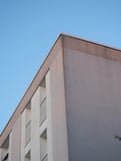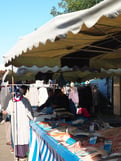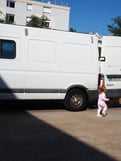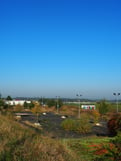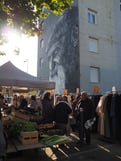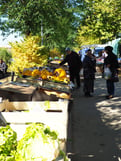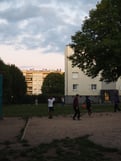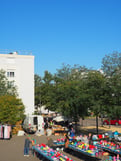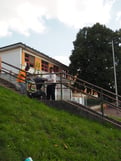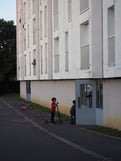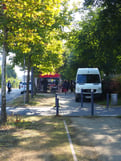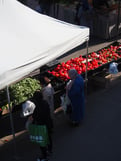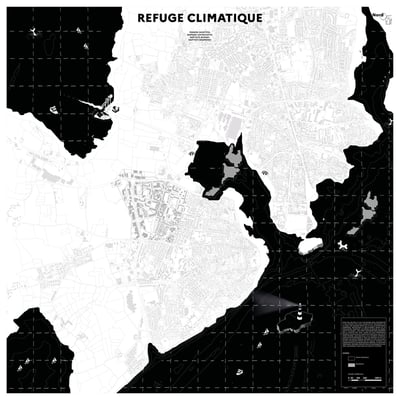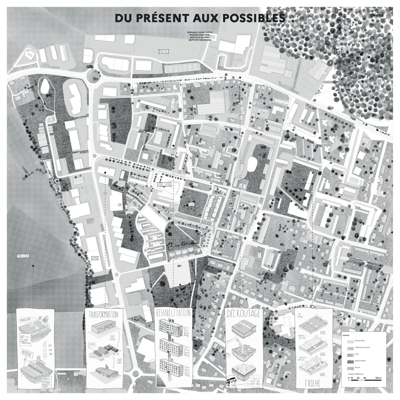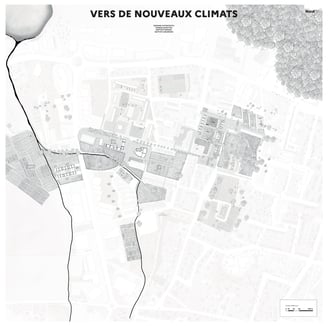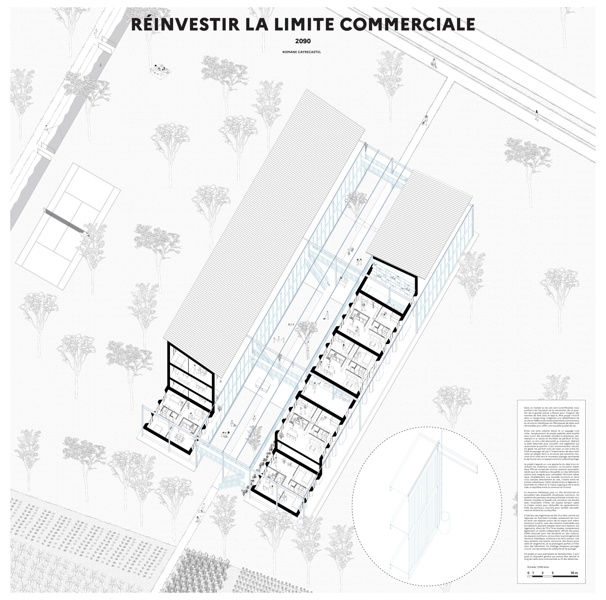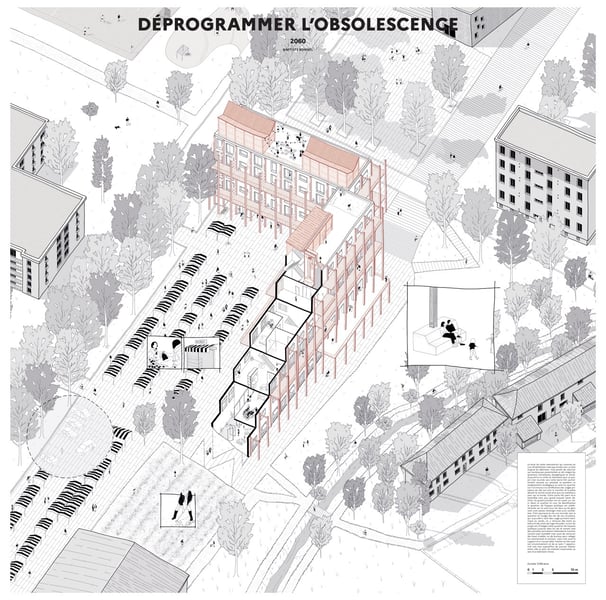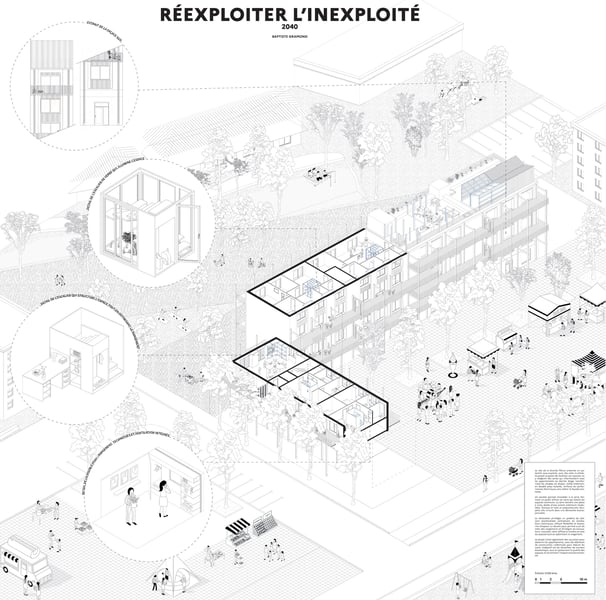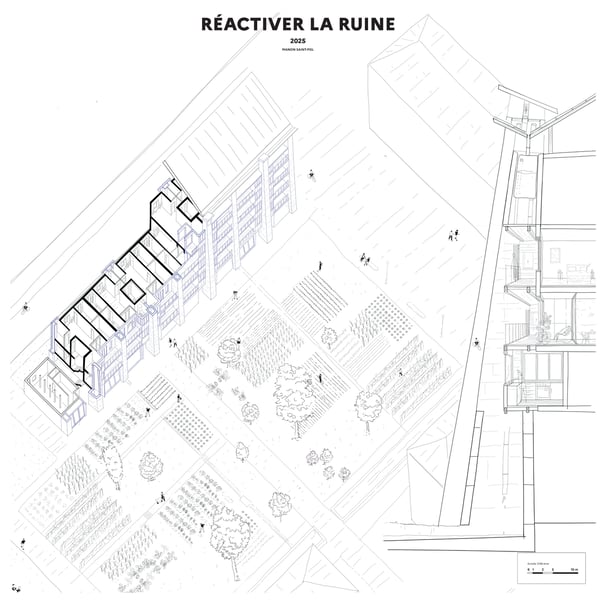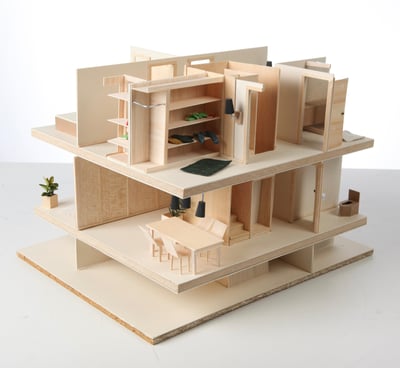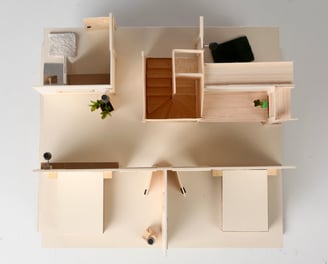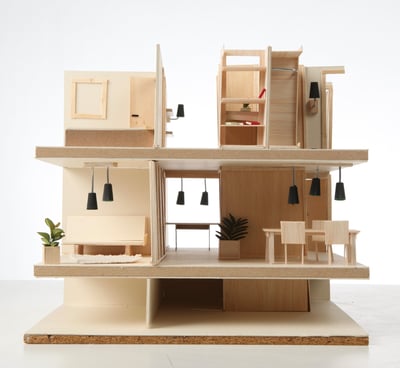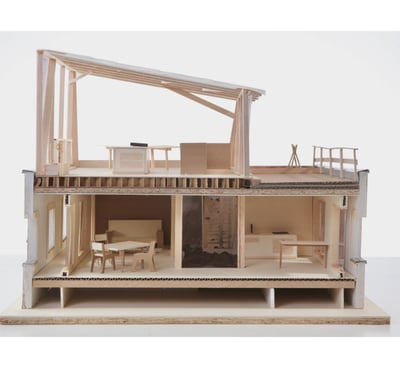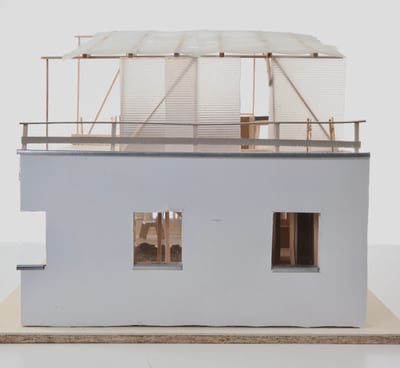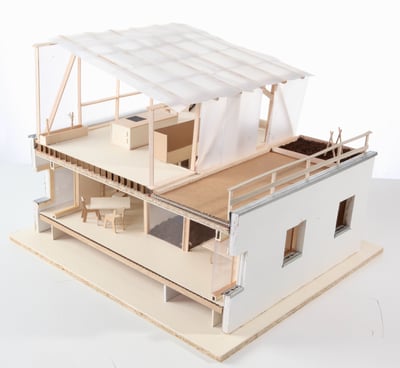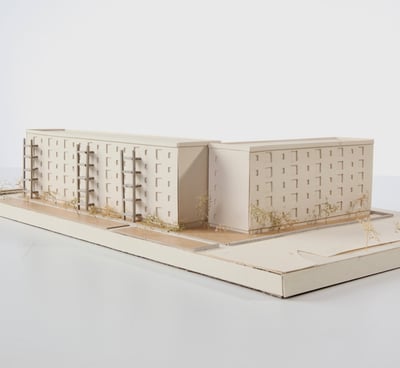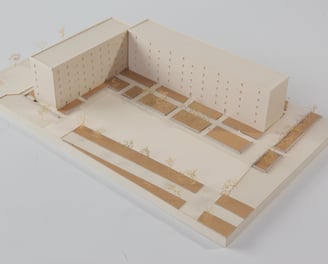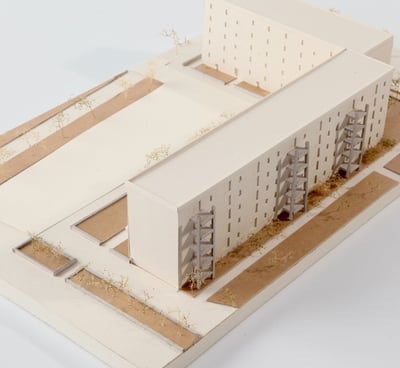Environment, Biodiversity & Ecosystems
Nevers_Climate Refuge
The Grande Pâture project is part of a climate-conscious approach. Indeed, our reflection is driven by the observation of rising sea levels, which are already affecting many regions worldwide. Within the framework of this project, we have imagined a future in which Nevers is threatened by flooding. Consequently, our reflection focuses on the relocation of affected populations. It is also supported by an urban project centered on public spaces and a geographical approach. This reflection is concentrated on the Grande Pâture district, a refuge area spared from rising waters, which offers numerous natural and social qualities that we sought to reinvest in.
A visit to this district is marked by its open spaces, wastelands, grassy areas, and central square. Although it is a dormitory neighborhood, partially vacant, it remains socially active thanks to places such as the market and the social center, which have served as sources of inspiration for our reflection and research.
These observations have motivated our desire to reinvest in the site through the existing structures, without any new construction or further artificialization of the land. Moreover, the district is connected to important natural elements: a forest, a pond, and a river. However, these elements are mostly separated by the industrial zone, which encircles the neighborhood and isolates it from the surrounding rural area.
We have therefore considered requalifying this fringe to enhance biodiversity, restore access to the rural area, and offer a new landscape to the neighborhood’s inhabitants, notably by breaking down the barriers created by the industrial zone. Regarding the relocation strategy, we envision a gradual development, structured over a long period and divided into multiple phases. Initially, a few families would be rehoused. Subsequently, new businesses would be established on the site. Finally, to accommodate this new population and organize the district’s life, public spaces and communal areas would be redesigned and restructured, particularly through the requalification of the central square and the creation of a food-producing space in the eastern part of the site, responding to the strong demand for shared gardens.
Thus, we have explored ideas for reactivating ground floors, reinvesting in ruins, and requalifying the industrial zone. These projects are conceived with different timelines, offering diverse responses to the challenges of relocation and urban development while integrating climate change and evolving lifestyles into our proposals.
Finally, this reflection explores adaptive tools that can be applied to other districts, cities, and even larger scales, providing broader solutions to the issue of population relocation.
